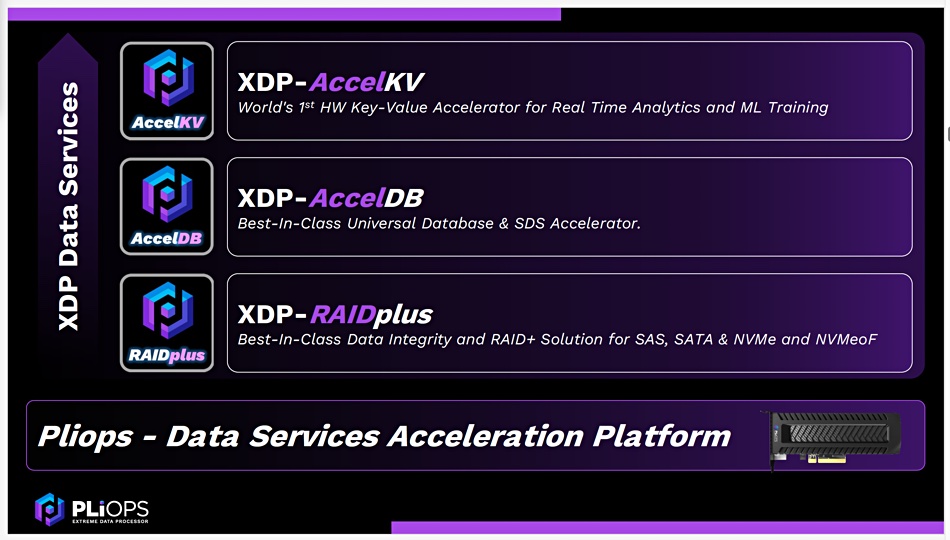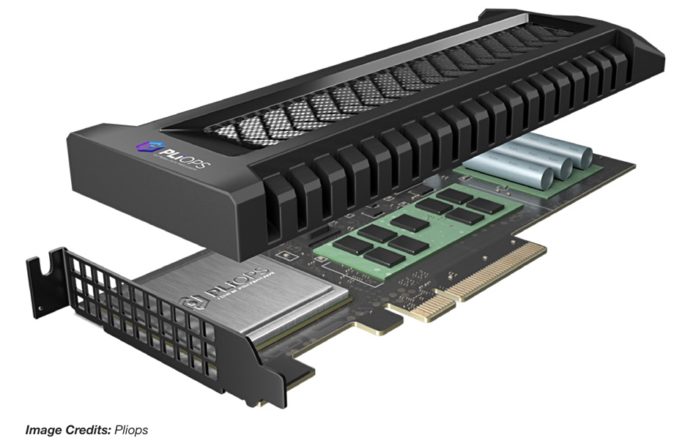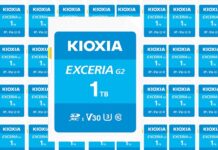Accelerated NVMe JBOF controller supplier Pliops is thinking about porting its software to NVIDIA’s BlueField DPUs.
Pliops supplies its XDP (eXtreme Data Processor) to offload low-level storage stack processing from a host x86 server, enabling it to run applications faster. This has had specific code added to it to run RocksDB storage IO faster and also to function as an efficient RAID controller. It’s sold to hyperscaler and near-hyperscaler customers with thousands of servers for whom extra performance means more cores can run application code.
Tony Afshary, Pliops’ Global VP for Products & Marketing, told an IT Press Tour briefing audience: “We want to sell data services, not computational storage.”

The data services, like RAID, make XDP products easier to sell. Pliops reckons the XDP is not a SmartNIC and nor is it a DPU as it is specifically designed to function as an NVMe SSD and JBOF controller. Data services give XDP cards a familiar application identity; RAID, key:value (KV), compression, etc. People understand a RAID card. When you move up to key:value stores then it’s harder work, but still in a familiar environment to RocksDB users.

Afshary said Pliops’ XDP was faster than GRAID’s SupremeRAID card at the 4 to 8 drive level. Pliops’ RAID performance makes RAID 5 usable as its performance penalty is reduced. The XDP can RAID protect data better than other HW or SW RAID products, and rebuild drives faster as well, both HDDs and SSDs. The compression means both SSD endurance and effective capacity are increased.
The current XDP product generation uses FPGA technology but the next generation will use ASICs and be faster, smaller and lower cost, Pilops told us. They both accelerate compression, KV store operations and RAID processing through a mix of hardware and software acceleration. For example its software provides better than RocksDB storage functions. But there is a hardware-based KV storage engine. Afshary said: “Think of it as RocksDB on a chip.”
The XDP does not do deduplication though, with Afshary saying: “Somebody above us in the stack does it better.”

Afshary claimed a Pliops customer could take the Pliops acceleration and use it in two ways. One is to have applications run faster in the host server, and the other is to replace the host server CPU with a less costly lower-core count server but still have the same performance level as before. If a hyperscaler with thousands of servers can provide the same level of service with lower core count servers and Pliops XDPs and thereby lower their costs substantially then that is an attractive proposition.
Roadmap
Pliops was founded in 2017 and is very well-funded; it took in $100 million last year in a D-round.
The gen 1 XDP supports 128TB of NVMe SSD capacity but this will be doubled later this year to 256TB, thre company said. Virtual Volumes/Functions and QoS per Volume will be available with XDP software v2.0. Redis announcements are coming next month as well.
Pliops would have an easier job selling its accelerating host offloading system if there weren’t alternatives such as SmartNICs and DPUs. It has to explain that its XDP is neither a SmartNIC nor a DPU but something unique. However DPUs with on-board CPUs can run external software.
Afshary said Pliops software could run on NVIDIA’s BlueField DPU with its Arm processor. Today you can use Bluefield-2 cards in front of a Pliops XDP but what we can look forward to is the Pliops code running on the Bluefield card. It won’t provide the full Pliops acceleration effect because Pliops’ hardware is missing but there will still be appreciable acceleration.
Another potential direction is to have a server running RocksDB or some other KV store, which currently sends KV strings encapsulated as blocks to the XDP, send KV strings directly to the XDP. Pliops is compatible with the NVMe-KV standard. This would provide even more KV acceleration.








